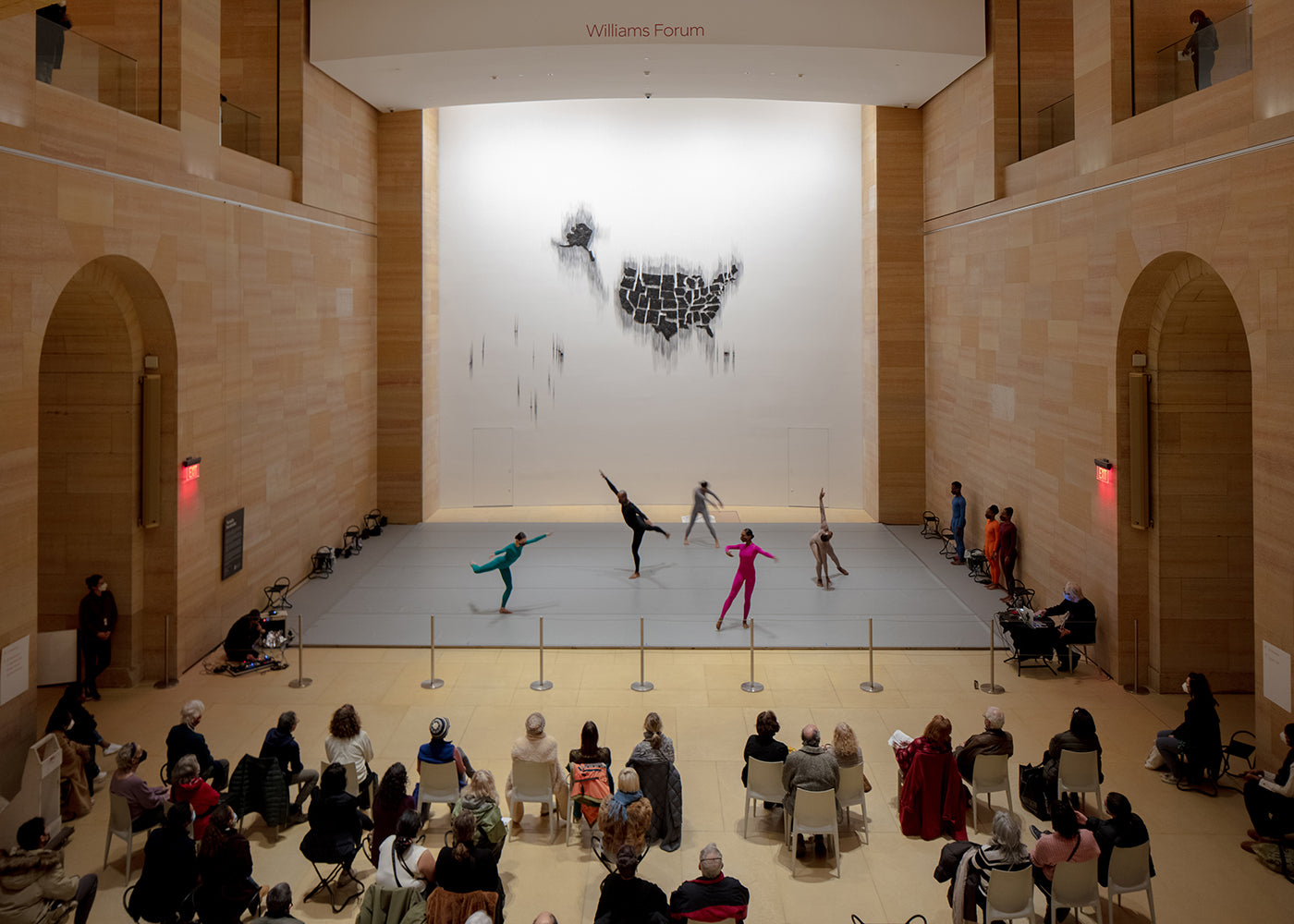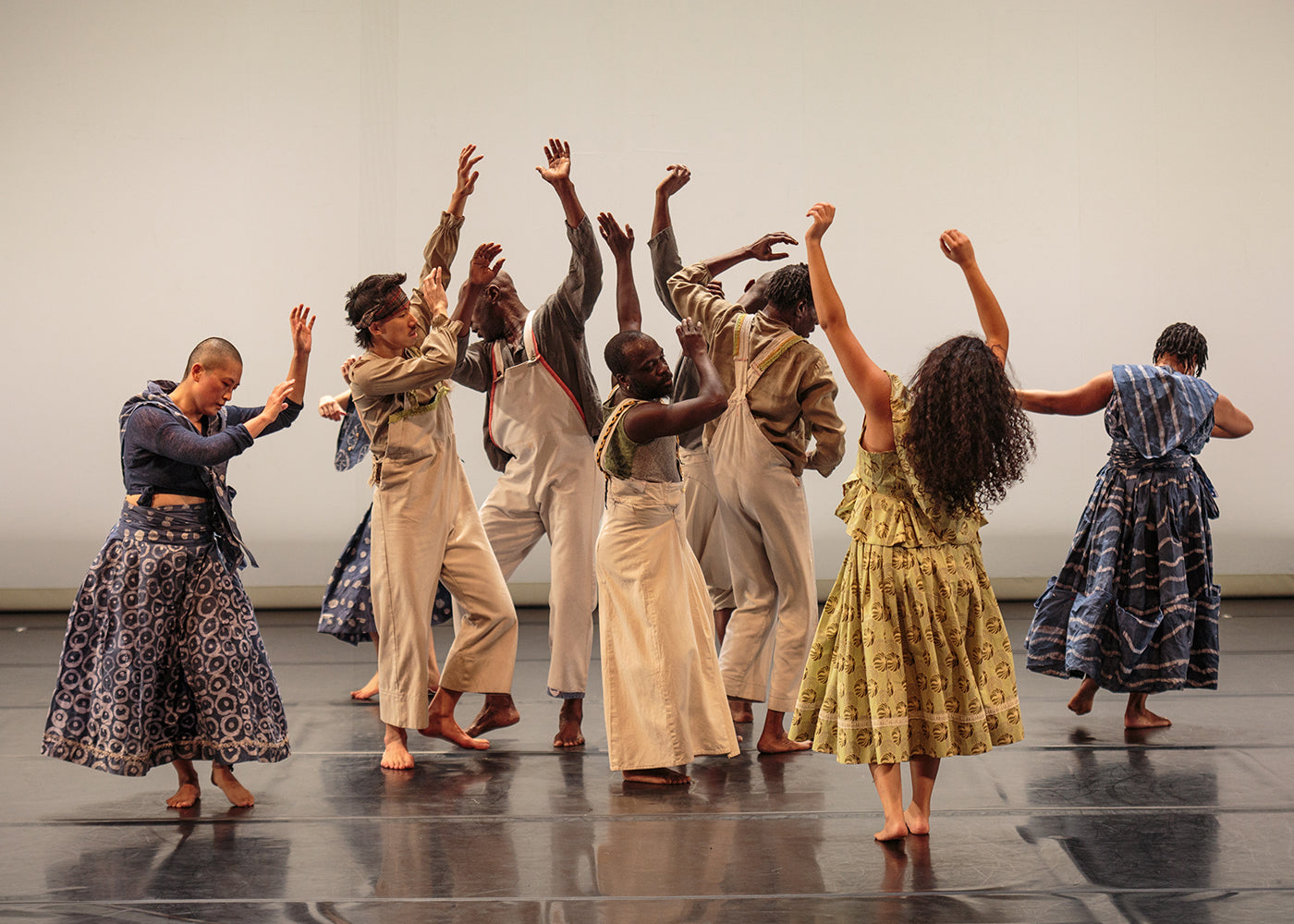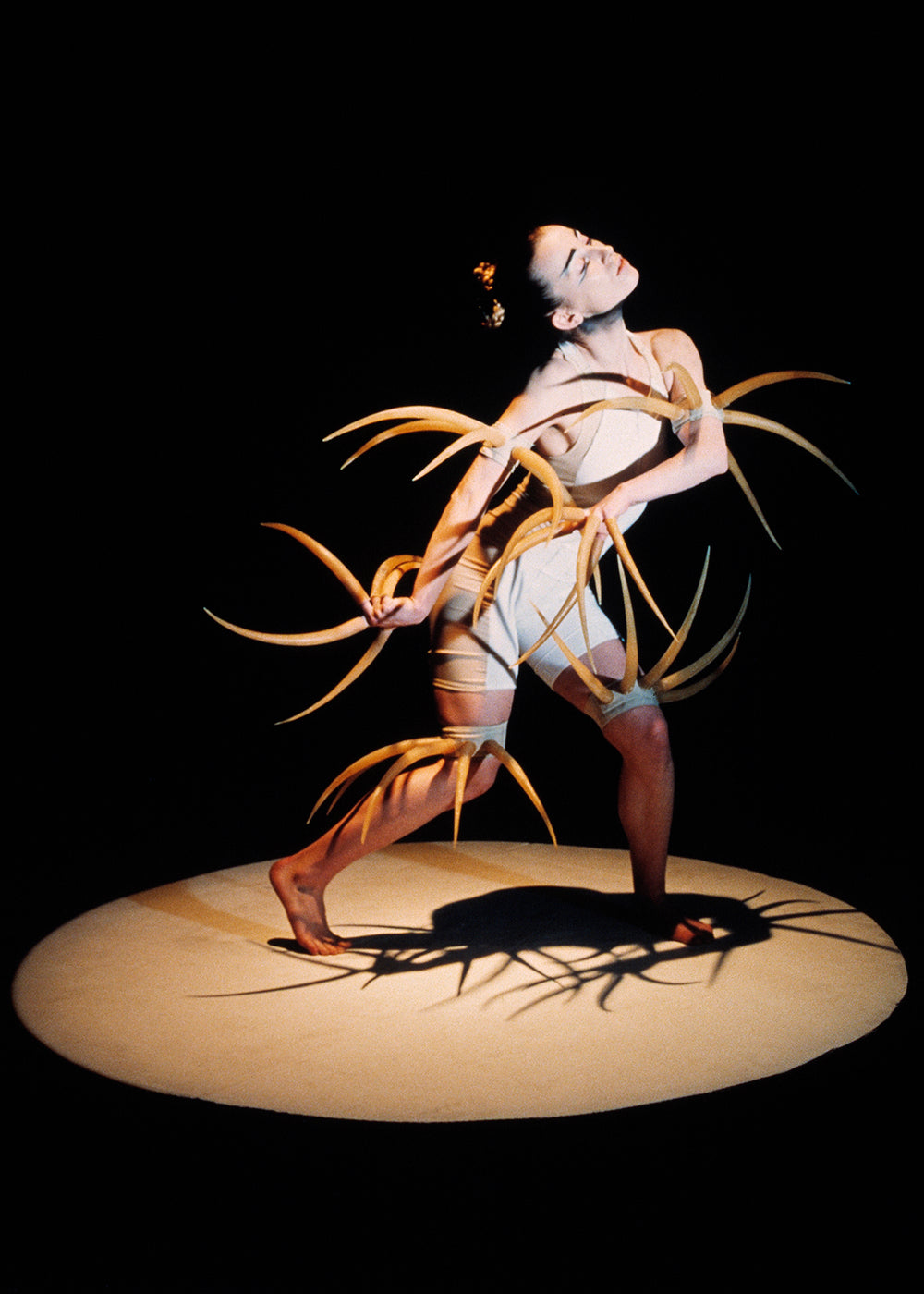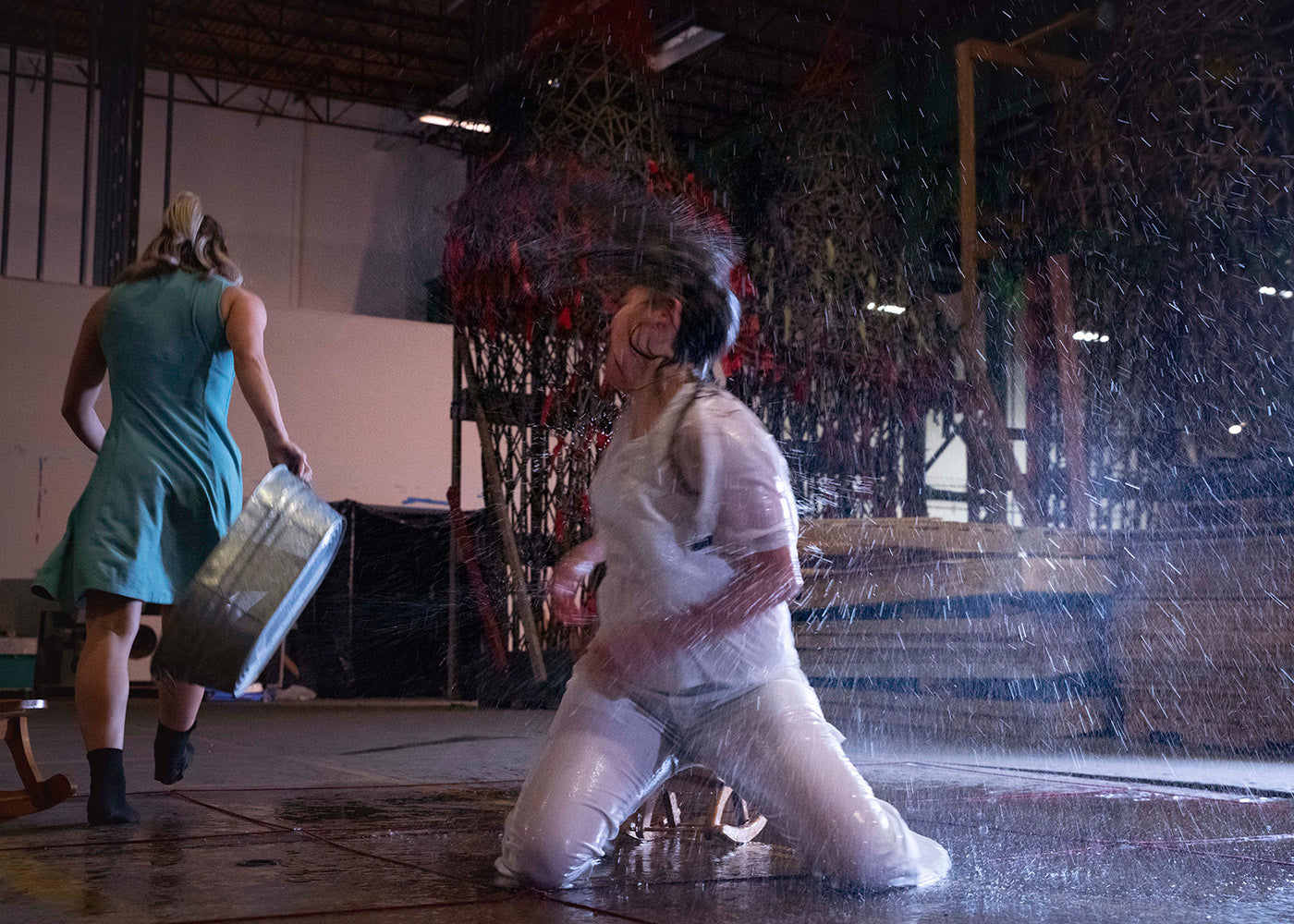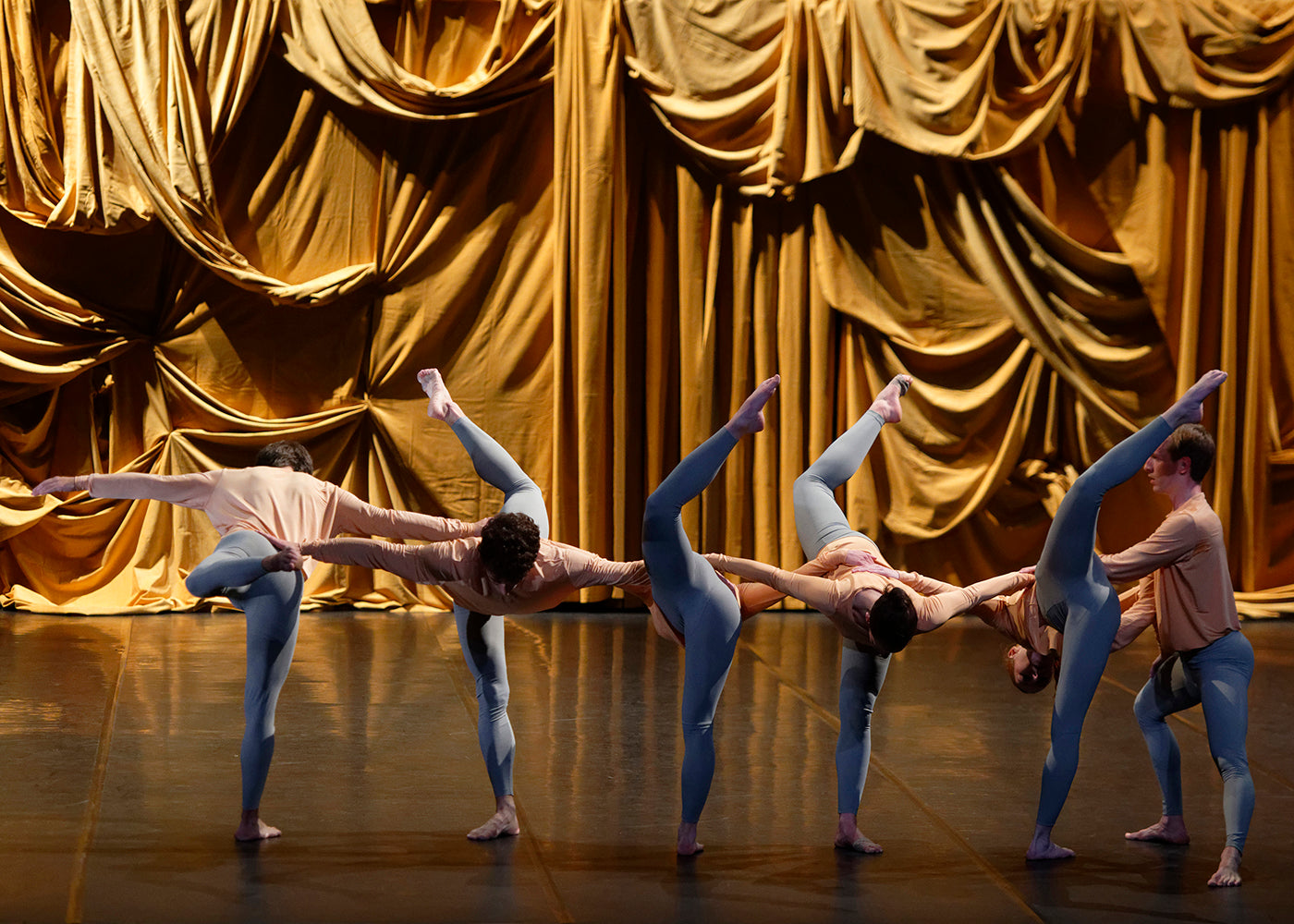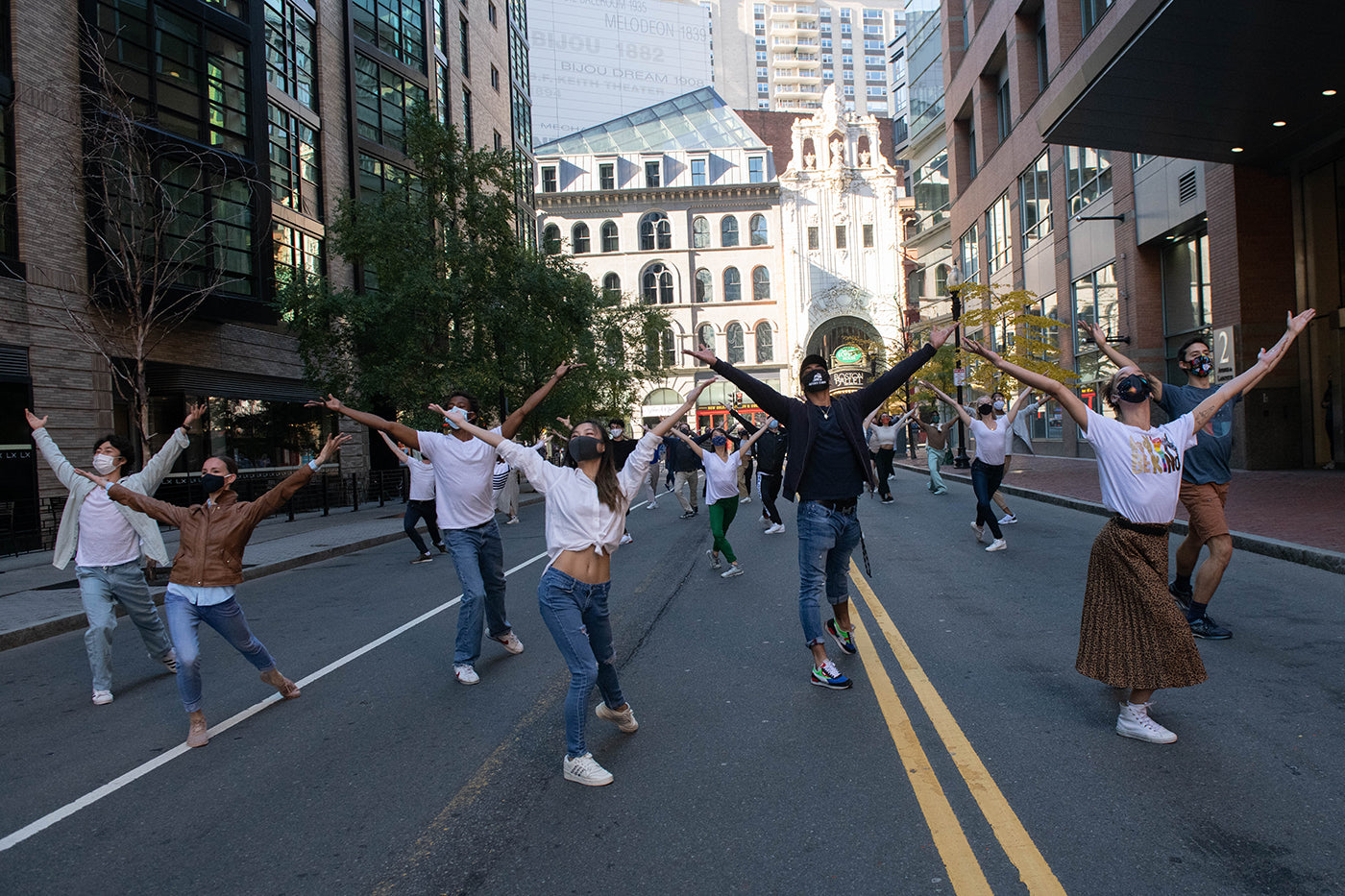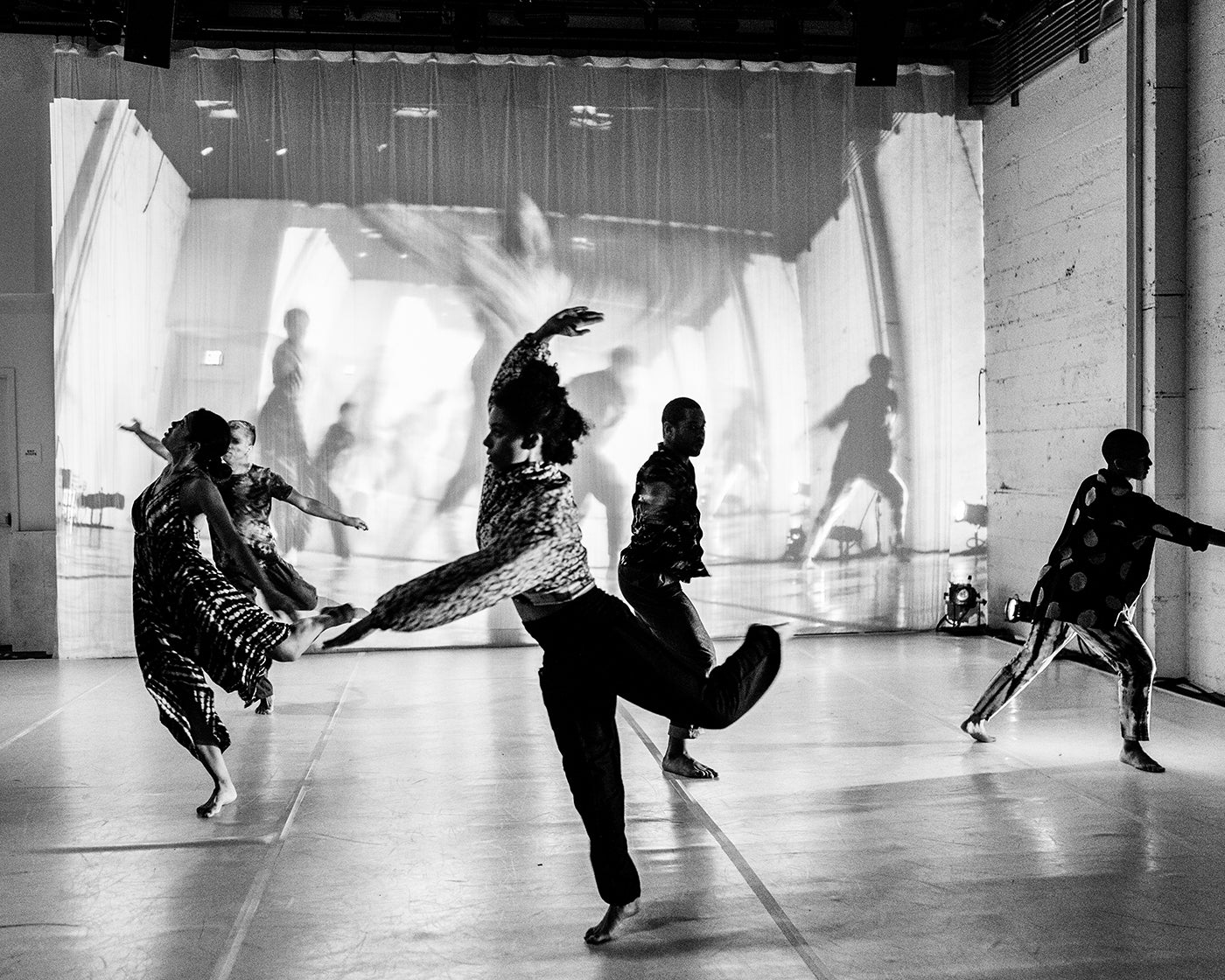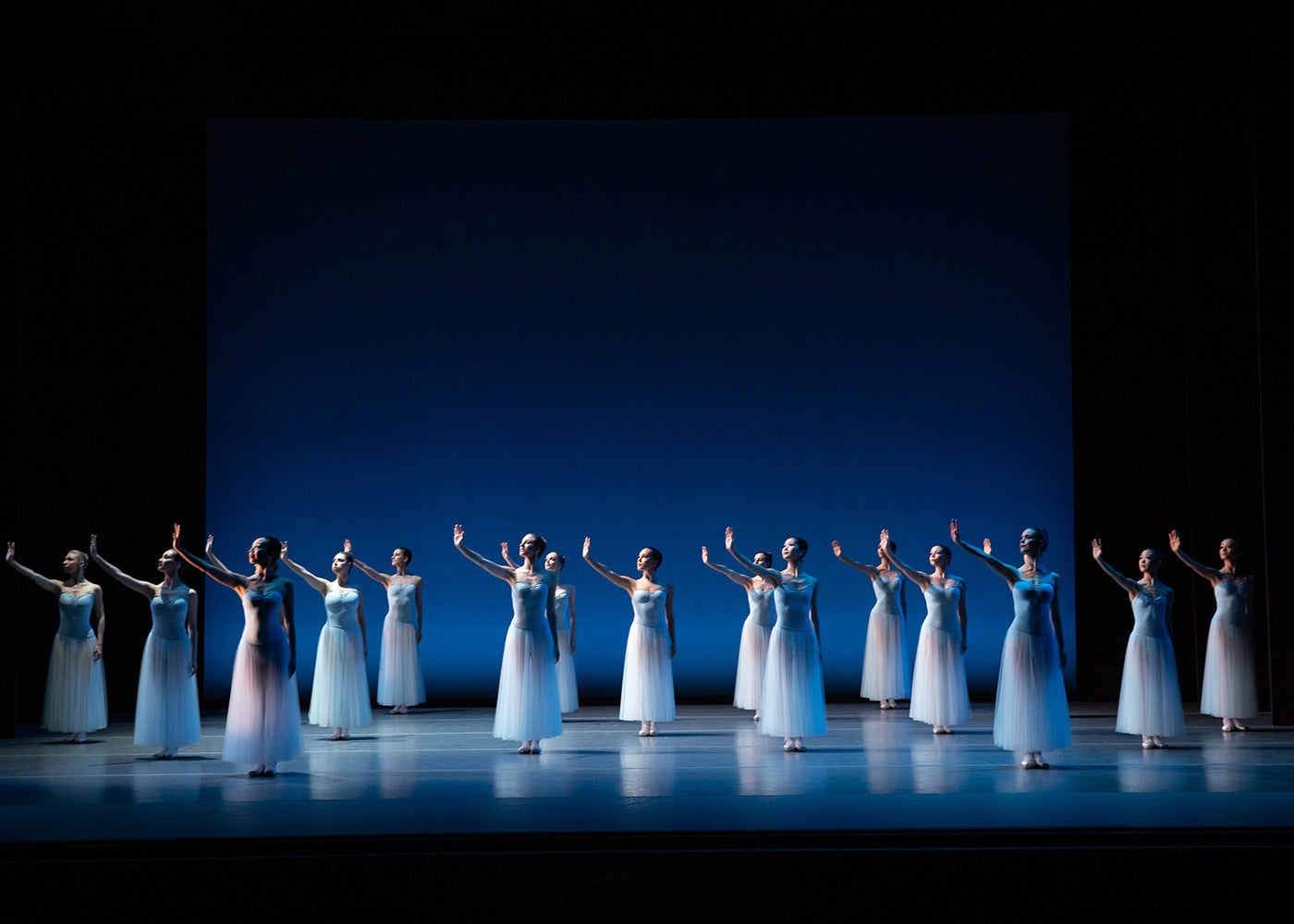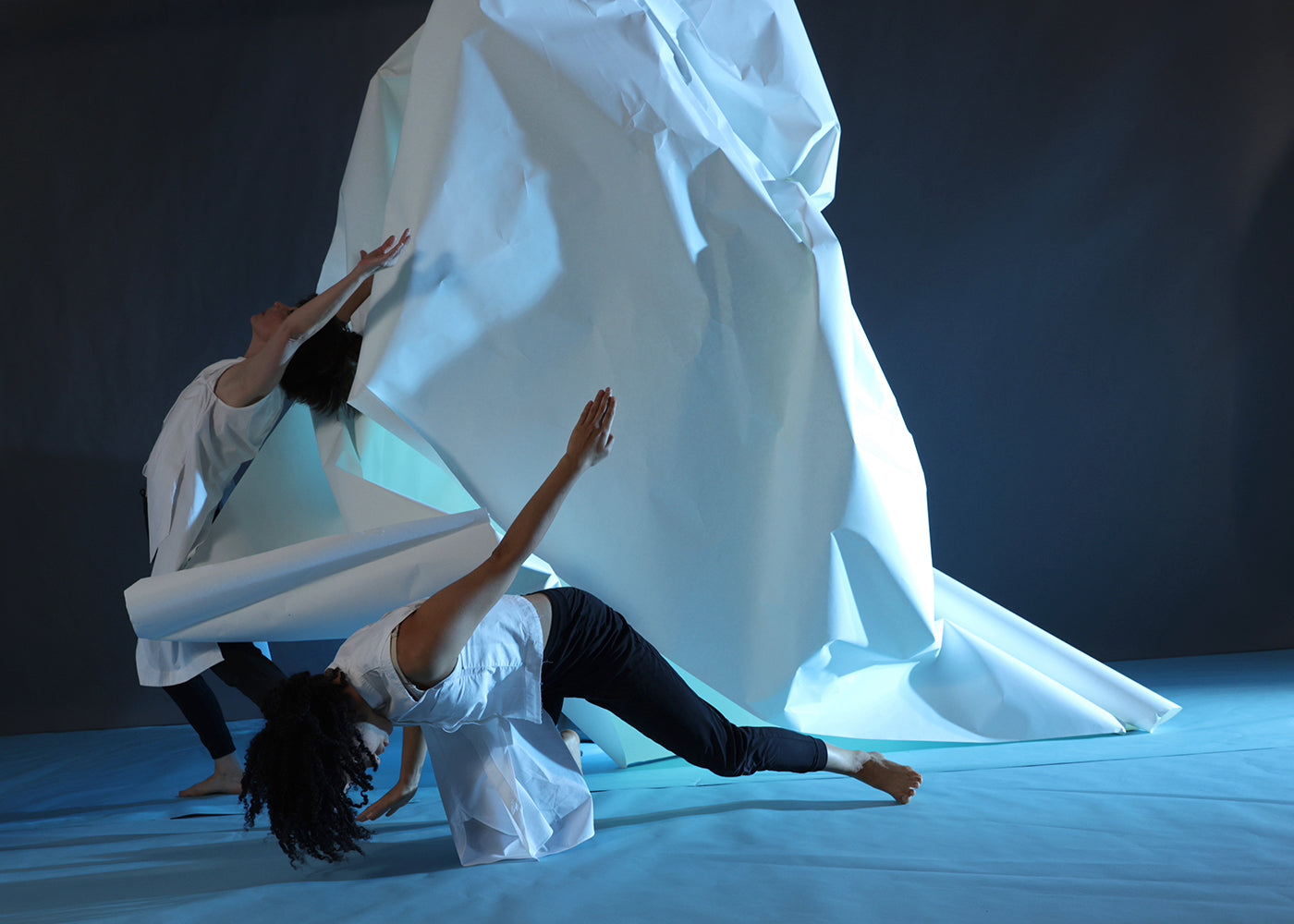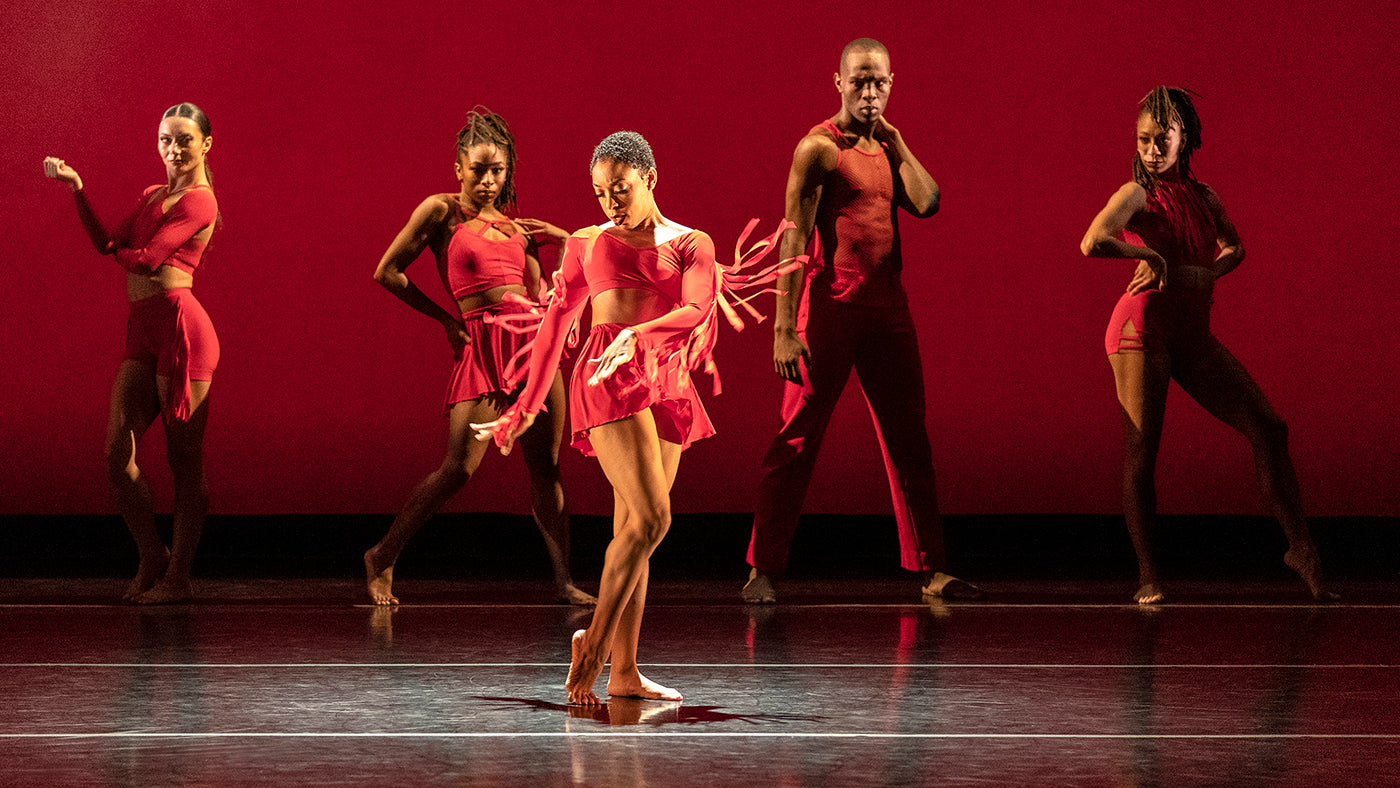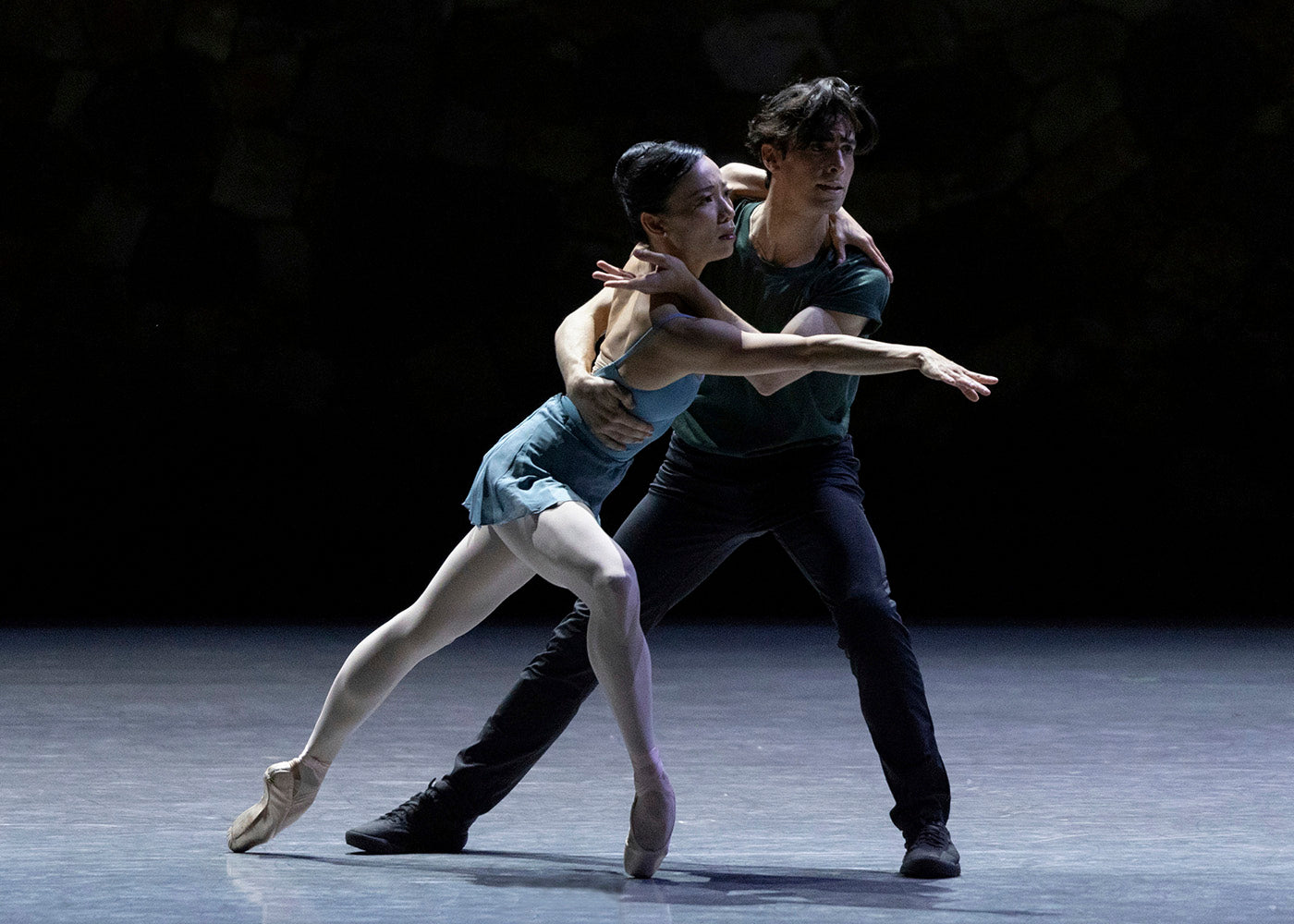A Night in the Museum?
No, but I spent two sunny afternoons in the Philadelphia Museum of Art for dances based on or in reference to one of the museum’s greatest assets, its permanent Duchamp collection, and, in its waning days, the stunning Jasper Johns: Mind/Mirror exhibit. PMA curators collaborated with dance artists to produce two weekends of live performance in the new Williams Forum, site of the awe-inspiring cantilevered Gehry staircase that replaces the small auditorium where I once saw the likes of Trisha Brown dance.
Continue Reading

